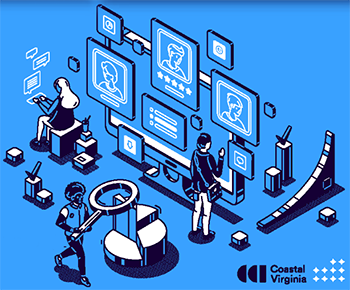Abstract
Artists and researchers have been deeply interested in using AI programs that generate art for quite some time now. As a result, there have been many advancements in making AI more accessible and easier to use for the public. This is because AI is not just for business anymore. Nowadays an individual without a college degree with even the slightest interest in art can go on a website like Stable Diffusion and create an artistic image using a text prompt in a quick couple minutes. The only limit is your imagination- and your internet’s stability. This accessibility was a huge reason behind the popularity of generative AI programs. In this paper, I look into how AI is currently being used in art generation, some of its shortcomings, along with some risk mitigation strategies that could help lessen the impact of possible privacy attacks. Later on I go into dataset models and how the programs that use them have failed to protect individuals’ privacy. On top of that, I also investigate the mistreatment of artists in the hands of large AI companies, providing real life examples. In summary, this work investigates the problems plaguing the generative AI industry and the individuals involved in it, and attempts to find solutions that will minimize the negative impact of it as much as possible.
Faculty Advisor/Mentor
Christopher Boyle
Document Type
Paper
Disciplines
Art and Design | Artificial Intelligence and Robotics | Information Security
DOI
10.25776/grmr-wd47
Publication Date
4-21-2023
Upload File
wf_yes
Included in
Art and Design Commons, Artificial Intelligence and Robotics Commons, Information Security Commons
Visual Art in the Age of AI
Artists and researchers have been deeply interested in using AI programs that generate art for quite some time now. As a result, there have been many advancements in making AI more accessible and easier to use for the public. This is because AI is not just for business anymore. Nowadays an individual without a college degree with even the slightest interest in art can go on a website like Stable Diffusion and create an artistic image using a text prompt in a quick couple minutes. The only limit is your imagination- and your internet’s stability. This accessibility was a huge reason behind the popularity of generative AI programs. In this paper, I look into how AI is currently being used in art generation, some of its shortcomings, along with some risk mitigation strategies that could help lessen the impact of possible privacy attacks. Later on I go into dataset models and how the programs that use them have failed to protect individuals’ privacy. On top of that, I also investigate the mistreatment of artists in the hands of large AI companies, providing real life examples. In summary, this work investigates the problems plaguing the generative AI industry and the individuals involved in it, and attempts to find solutions that will minimize the negative impact of it as much as possible.


